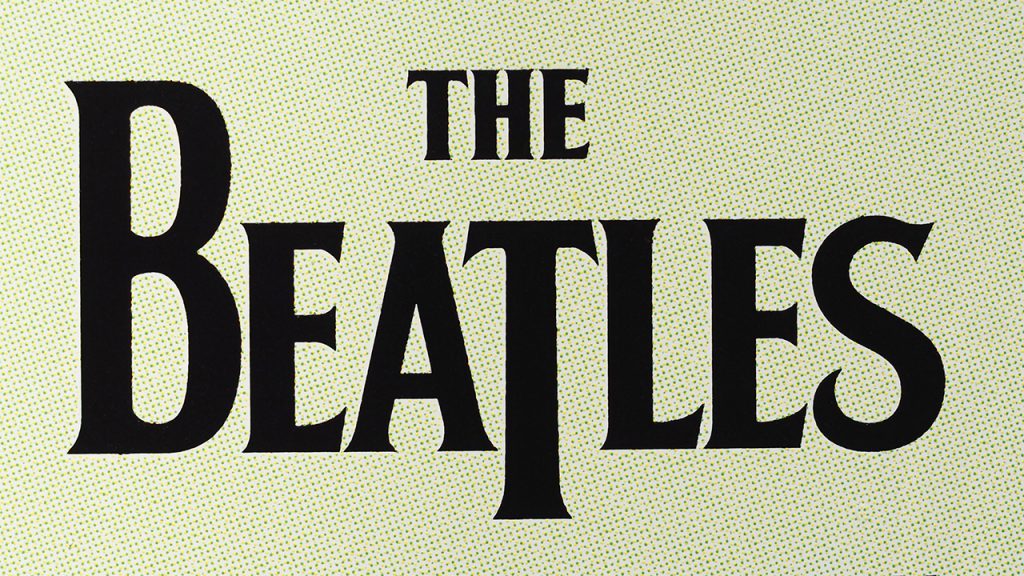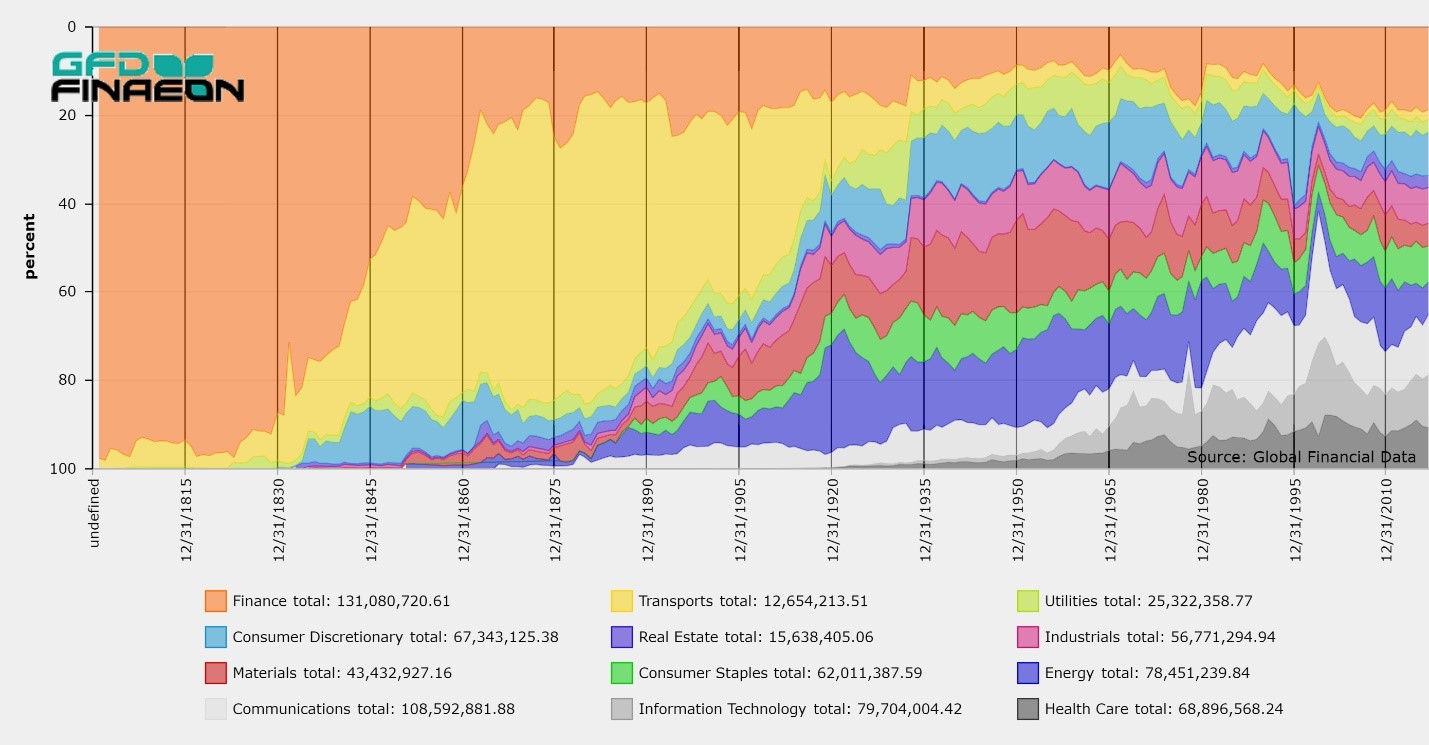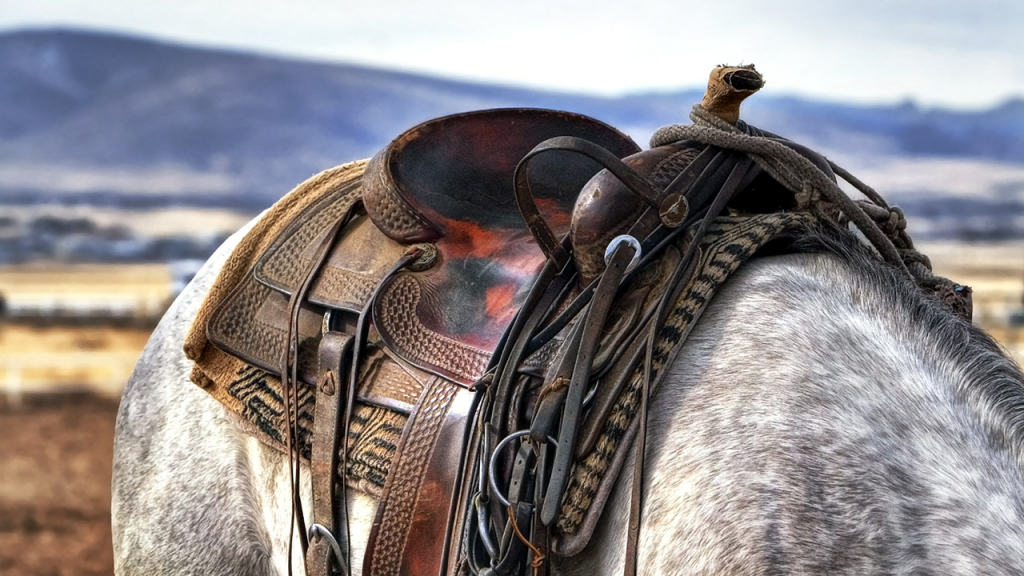 Brazil went through an economic bubble in the 1880s that burst in the 1890s during the first Brazilian military dictatorship. Two finance ministers in Brazil adopted a policy of unrestricted credit for industrial investments in the 1880s. This led to speculation, fraudulent IPOs, inflation and ultimately, a crash that lasted from 1889 to 1893.
Brazil went through an economic bubble in the 1880s that burst in the 1890s during the first Brazilian military dictatorship. Two finance ministers in Brazil adopted a policy of unrestricted credit for industrial investments in the 1880s. This led to speculation, fraudulent IPOs, inflation and ultimately, a crash that lasted from 1889 to 1893.
Saddle Up
The word “encilhamento” means to saddle up or mount a horse and refers to jumping on a get-rich-quick scheme. Brazil had slowly industrialized during the 1800s and founded corporations that developed rail transport, gas lighting, banks and steamships. The “Land Law” of 1850 and the “Barriers Act” of 1860, which limited access to agricultural land by slaves and immigrants, had held back the country’s growth. Under the Encilhamento, big rentiers were better able to invest their money where it provided the highest rate of return. Merchants, businessmen, financiers, politicians and tradesmen could invest their money in either local companies or in Brazilian companies that listed in Paris or London. A new banking act was passed in 1888 which reversed the 1860 Barriers Act, and in the same year, slavery was abolished after a long campaign by Emperor Pedro II. Changes in the Land and Real Estate Law occurred in 1889. Government debt fell, reducing the issuance of government bonds and freeing up capital to flow into equities. With all of these positive changes, stock prices in Rio de Janeiro started to boom. On November 15, 1889, a military coup d’etat established the first Brazilian Republic. It overthrew the constitutional monarchy of the Empire of Brazil and Emperor Pedro II. Unfortunately, this also marked the apex of the bull market and the Brazilian stock market declined over the next four years. Ruis Barbosa was appointed the new Finance Minister under the Republic, and he instituted many of the changes he had promised to pop the bubble. This included introducing a new banking bill and introducing a Central Bank to regulate the money supply.The Baring Crisis
During the 1880s, there were huge capital flows from London into South America with the current account deficit of Argentina averaging 20% of GDP between 1884 and 1889. During those years, the Argentine money supply grew at the rate of 18% per year, inflation averaged 17% and the paper peso depreciated at the rate of 19% per annum. By the end of the decade, Argentina was the fifth largest sovereign borrower in the world; 40% of foreign borrowing was going toward debt service and 60% of imports were for consumption goods. Argentina defaulted on £48 million in debt in 1890. The military tried to overthrow the Argentine government on August 6, 1890, but failed. After the crisis hit, real GDP in Argentina fell by 11% in 1890 and 1891. The collapse this caused in the price of Argentine sovereign bonds that resulted is illustrated in Figure 1.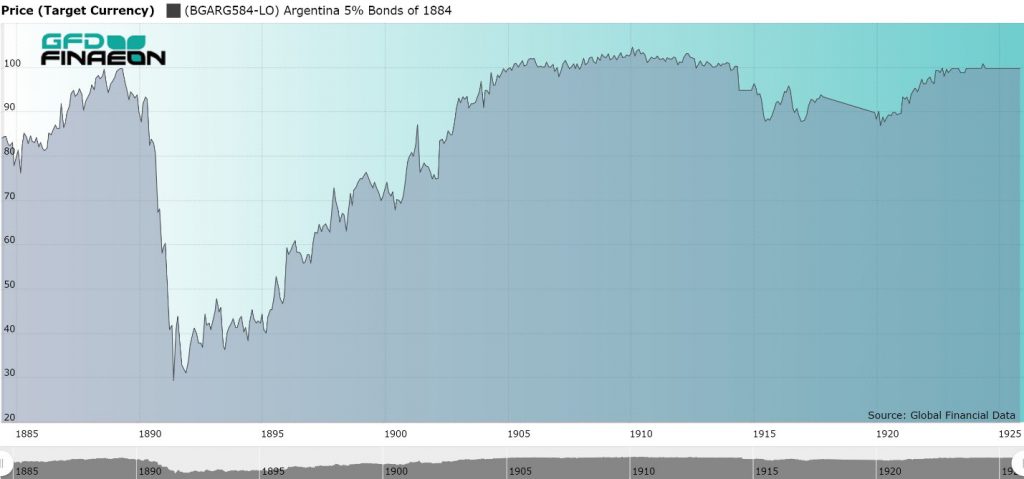 Figure 1. Argentina 5% Bond of 1884, 1884 to 1925
Figure 1. Argentina 5% Bond of 1884, 1884 to 1925

Figure 2. Brazil 4.50% Bond of 1883
As the Baring Crisis spread throughout South America, the bubble that had built up in Brazil burst. This led to a steady decline in equity prices in the years that followed. Brazilian share price steadily declined from 1889 to 1893 as is illustrated in Figure 3.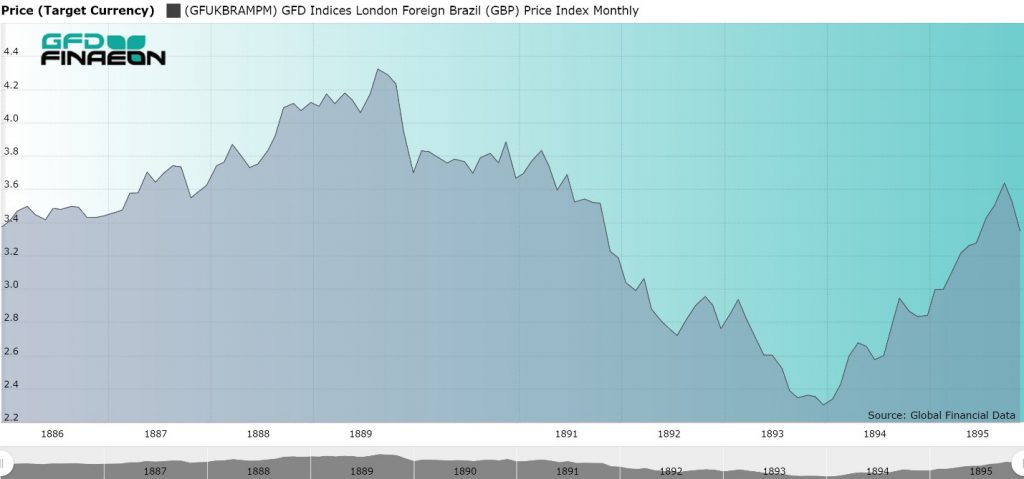
Figure 3. Brazil Stock Price Index, 1885 to 1895
The Baring Crisis led to a world-wide depression which, although it was not as severe as some of the other depressions of the 1800s, affected Europe, the United States and South America. Argentina, Brazil and Uruguay were all affected by Argentina’s default and the Baring Crisis that followed. The crisis spread to South Africa and Australia, and in the United States. The global economy suffered throughout the 1890s. No country was left unaffected. Brazil may have suffered from the Great Depression of the 1890s, but so did every other country in the world.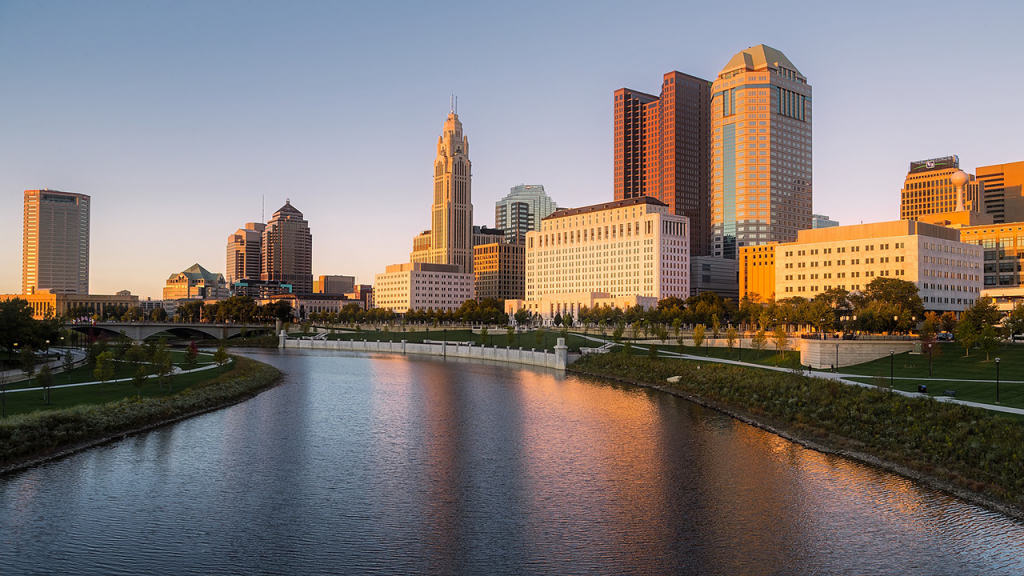 The Panic of 1857 was one of the first global panics in financial history. The failure of the Ohio Life Insurance and Trust Co. of Cincinnati, Ohio precipitated a world-wide panic that would last for the next two years.
The Panic of 1857 traces its origins back to the Crimean War which was fought between 1853 and 1856 between Russia and the Ottoman Empire, France, Britain and Sardinia over the rights of Christians in the Holy Land. During the war, many European agricultural workers were involved in the war, making Europe more reliant on agricultural imports and increasing Europe’s dependence on American crops. The American economy had boomed since the discovery of gold in California in 1849 and railroads expanded into the Midwest. American banks took advantage of this prosperity to increase their loans to farmers.
The US stock market peaked in August 1853 and continued its decline until October 1857 by which time the stock market had fallen by 33%. After the Crimean War ended in March 1856, European agricultural production picked up and American exports declined. In January 1857, railroad stocks peaked and declined for the rest of the year as is illustrated in Figure 1. Railroads lost over one-third of their value between January and August 1857. The Delaware, Lackawanna and Western and the Fond du Lac Railroads were forced into bankruptcy.
The Panic of 1857 was one of the first global panics in financial history. The failure of the Ohio Life Insurance and Trust Co. of Cincinnati, Ohio precipitated a world-wide panic that would last for the next two years.
The Panic of 1857 traces its origins back to the Crimean War which was fought between 1853 and 1856 between Russia and the Ottoman Empire, France, Britain and Sardinia over the rights of Christians in the Holy Land. During the war, many European agricultural workers were involved in the war, making Europe more reliant on agricultural imports and increasing Europe’s dependence on American crops. The American economy had boomed since the discovery of gold in California in 1849 and railroads expanded into the Midwest. American banks took advantage of this prosperity to increase their loans to farmers.
The US stock market peaked in August 1853 and continued its decline until October 1857 by which time the stock market had fallen by 33%. After the Crimean War ended in March 1856, European agricultural production picked up and American exports declined. In January 1857, railroad stocks peaked and declined for the rest of the year as is illustrated in Figure 1. Railroads lost over one-third of their value between January and August 1857. The Delaware, Lackawanna and Western and the Fond du Lac Railroads were forced into bankruptcy.
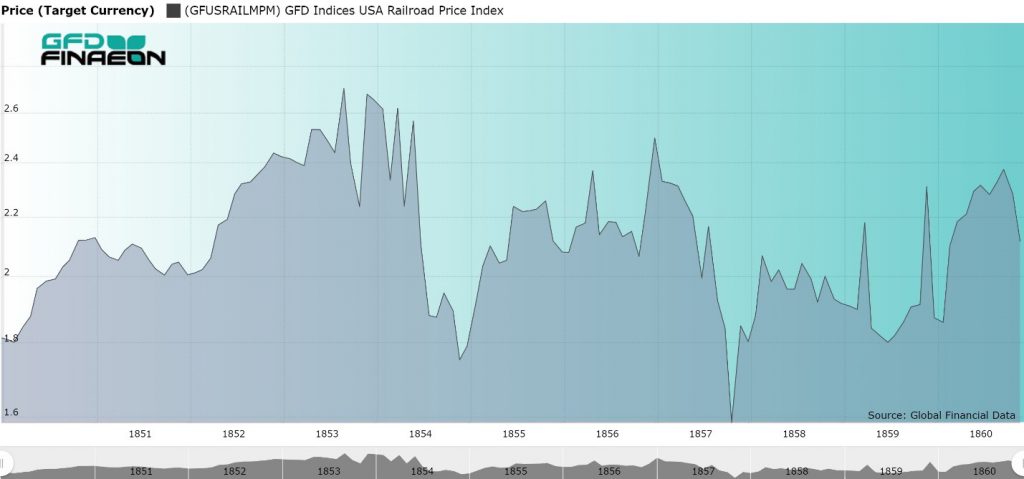
Figure 1. GFD Indices Railroad Price Index, 1850 to 1860
On August 11, 1857 N.H. Wolfe and Co., the oldest flour and grain company in New York failed. The Ohio Life Insurance and Trust Co. had invested heavily in agricultural loans and many of these loans went bad. On August 24, a cashier at the Ohio Life Insurance and Trust Co. was revealed to have embezzled almost all the assets of the firm to sustain his stock market operations. The bank’s New York office suspended payments on August 24, and the company failed. When this occurred, the bank’s failure threatened to precipitate the collapse of other Ohio banks or even cause a bank run. The collapse of the Ohio Life Insurance and Trust Co. is illustrated in Figure 2 with the company’s stock price declining to zero in 1857. Bank failures followed in Liverpool. London, Paris, Hamburg, Oslo and Stockholm. The Bank Act was suspended in Britain on November 12, and Hamburg provided a loan to save Austria on December 10. The firm of Winterhoff and Piper, which was engaged in American trade, was suspended in Hamburg.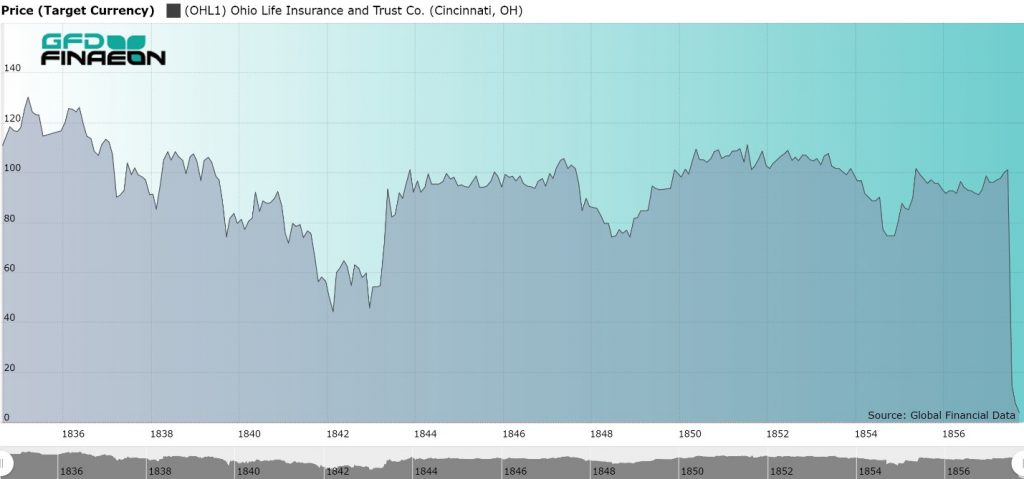
Figure 2. Ohio Life Insurance and Trust Co. Stock Price, 1835 to 1857.
The market bottomed out in October 1857. It took two years for the stock market to recover from the Panic of 1857 and begin its move upward. The market rose for the next seven years. It wasn’t until the Panic of 1873 that the market would see a similar financial panic ricochet through the world’s financial markets.


